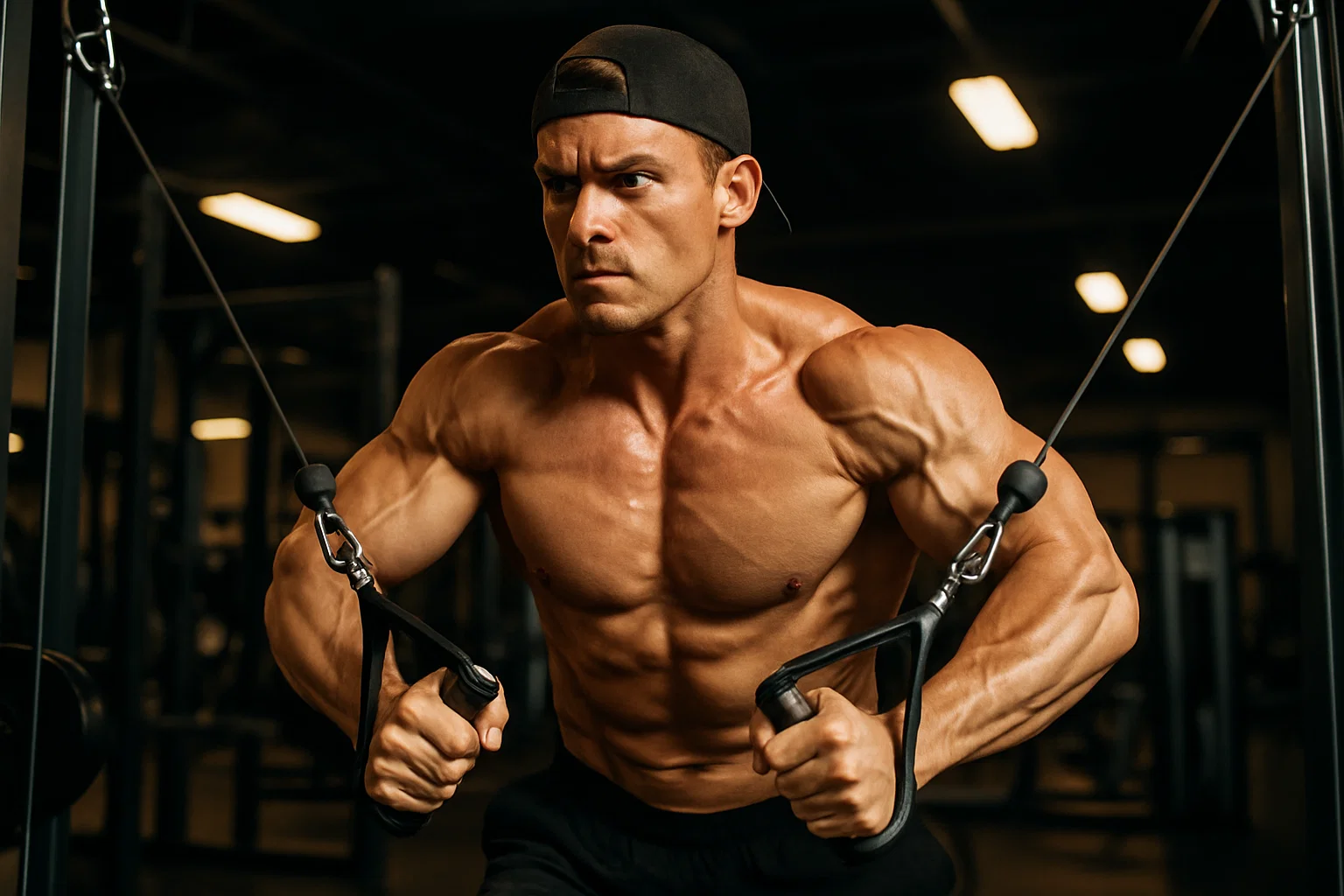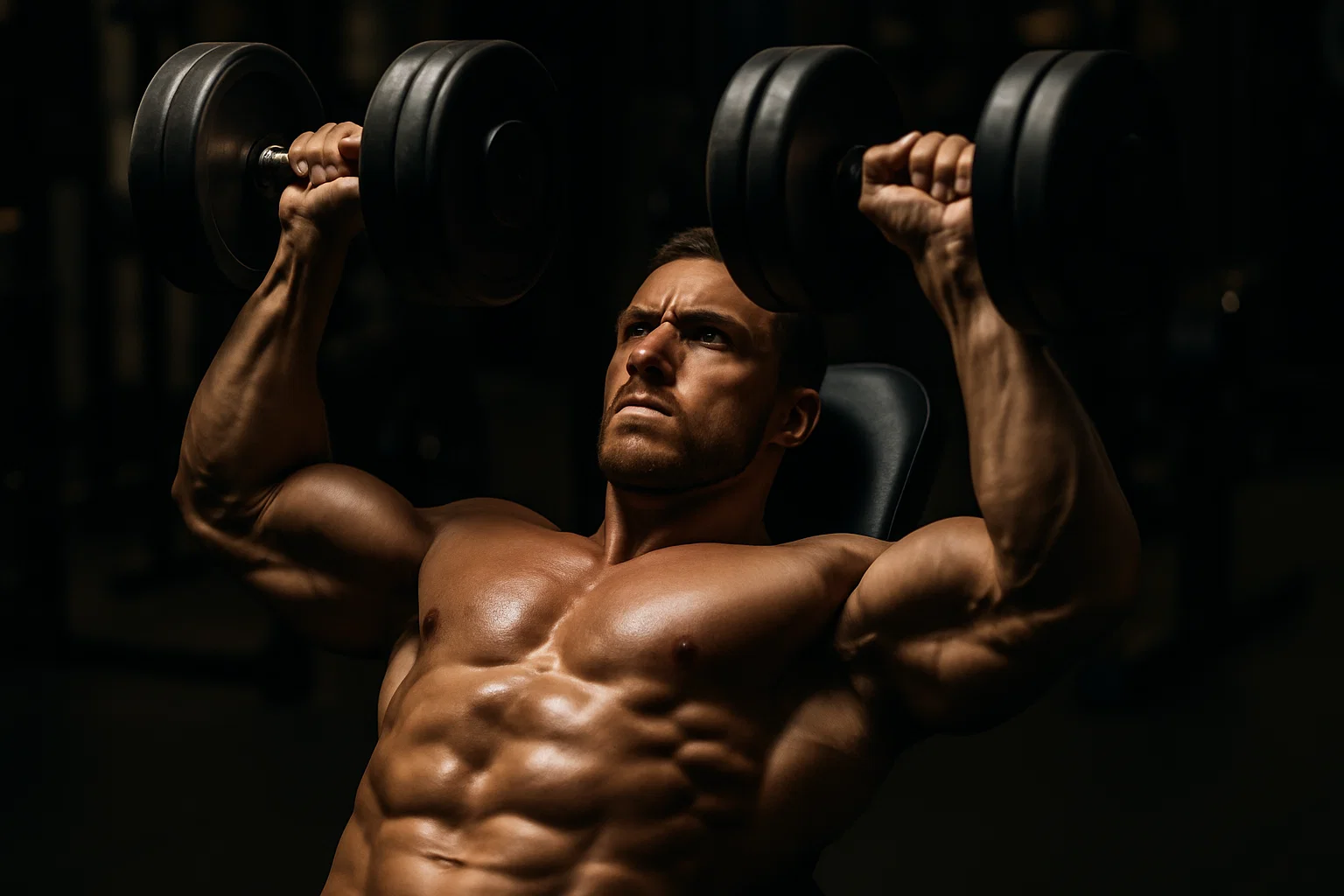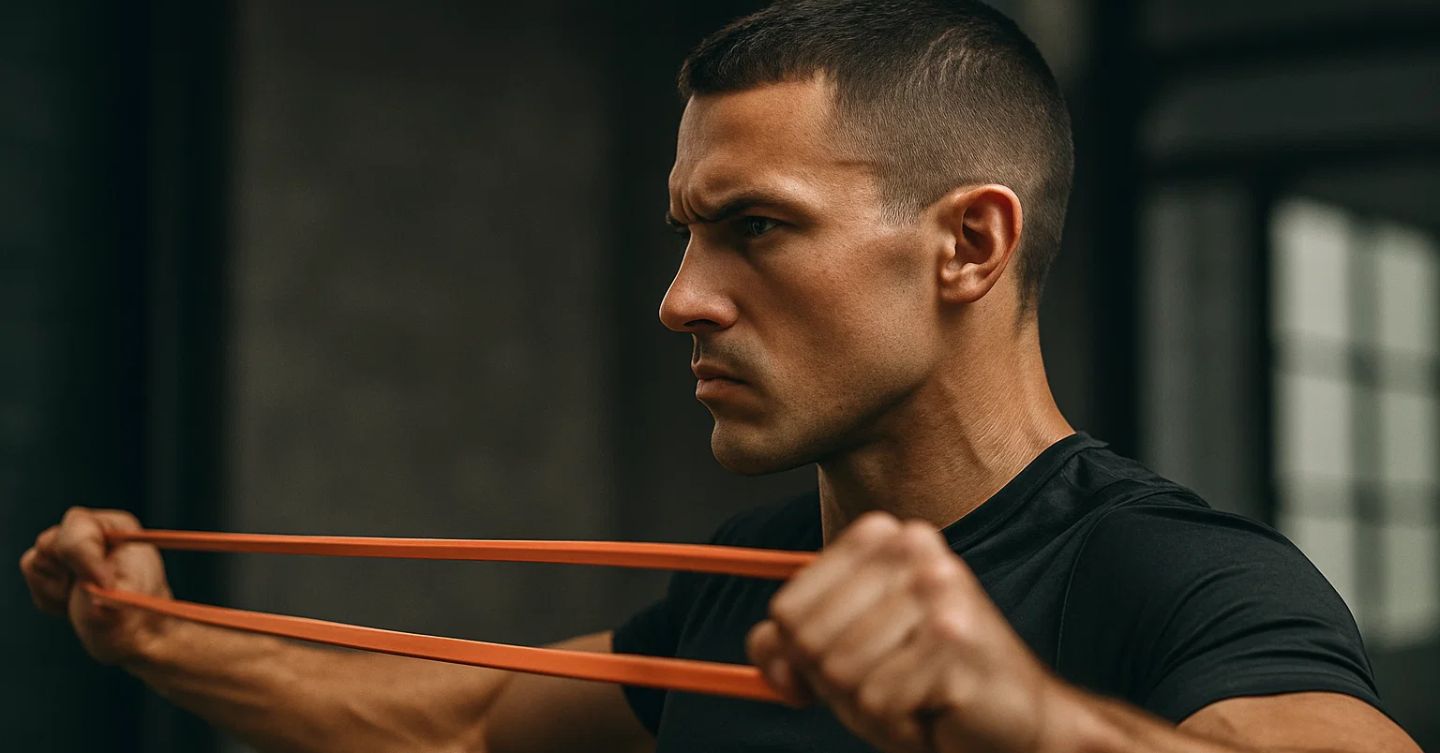How to Build a Bigger Chest: The Simple Guide
Last updated July 5, 2025 | By: GymS Informer Team
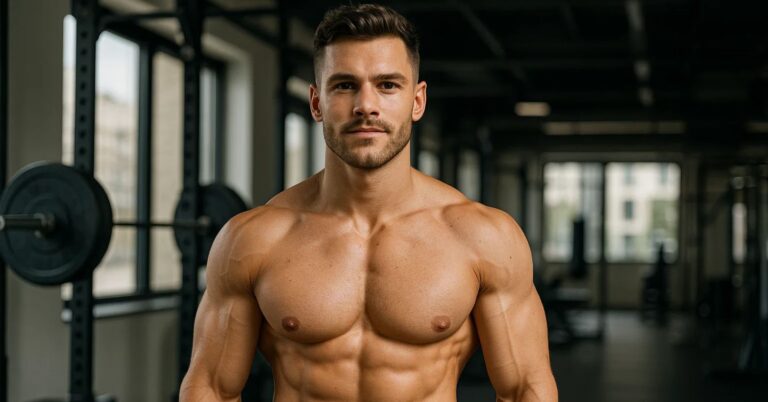
Welcome. You’re here because you want more than just a random list of chest exercises. You want to build a stronger, more defined, and more powerful chest. You want to understand the why behind the work, not just the how. You’re in the right place.
Forget everything you thought you knew about chest day. We’re not just going to show you what to do, we’re going to give you the blueprint for unlocking real, sustainable growth. This isn’t about mindlessly pushing weight. It’s about training smarter.
This guide will cover everything: the fundamental anatomy that dictates growth, the absolute best exercises for size and strength, workout structure, nutrition, and answers to the questions you’ve been asking. Let’s build a chest that’s as strong as it looks.
The "Secret" That Isn't a Secret: Understanding Your Chest Anatomy
Before you even touch a weight, you need to understand what you’re working. Your chest is primarily made up of the Pectoralis Major. Think of it as a large, fan-shaped muscle. What most people miss is that this “pec” is actually made of three distinct sets of fibers, each running in a different direction.
- Upper Chest (Clavicular Head): These fibers start at your collarbone (clavicle) and run down and out. To target them, you need to press at an upward angle.
- Mid Chest (Sternal Head): These are the large, central fibers that run horizontally from your breastbone (sternum). They are best worked with flat pressing movements.
- Lower Chest (Abdominal Head): These fibers run up and out from your lower abdomen. You’ll hit these best with downward angle movements.
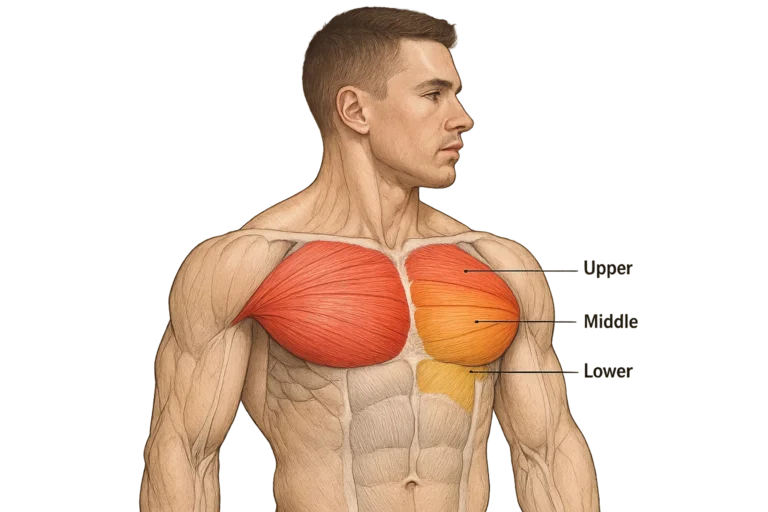
Here’s the most important takeaway: The primary function of your chest, in all its parts, is adduction. That’s a scientific term for bringing your upper arm across the midline of your body. Think about hugging a barrel or clapping your hands. If your chest workouts are only about pushing a weight up and down, you’re missing out on the single most important function for muscle growth.
The 10 Best Exercises for a Legendary Chest
This list is the best of the best, compiled from decades of gym wisdom and scientific analysis. For each exercise, we’ll cover the how-to and a pro-tip to maximize your gains.
1. The Barbell Bench Press (The King of Overload)
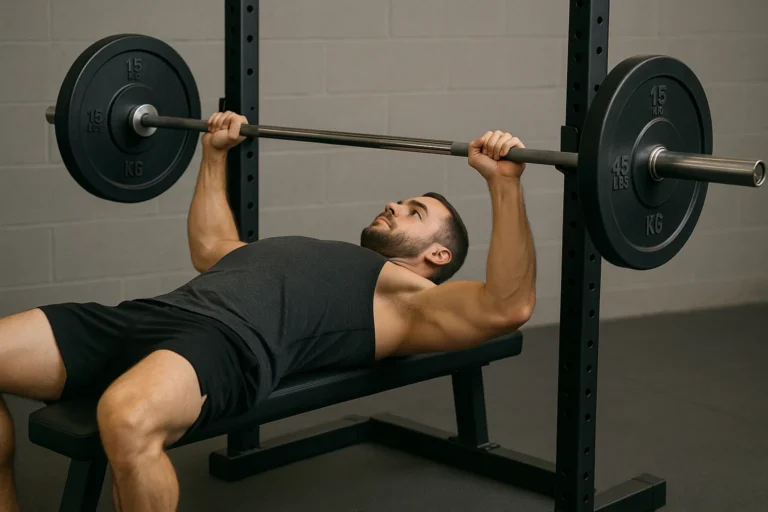
Why It’s Great: No other exercise allows you to load the chest with as much weight, making it the undisputed king for building raw strength and mass in the mid-chest.
How to do it:
1. Lie flat on a bench with your feet firmly on the floor.
2. Grip the bar slightly wider than shoulder-width. Pull your shoulder blades back and down.
3. Unrack the weight and position it directly over your mid-chest.
4. Lower the bar in a controlled manner until it lightly touches your chest, keeping your elbows at roughly a 45-degree angle to your body.
5. Explosively press the bar back up to the starting position.
2. Incline Dumbbell Press (The Upper-Chest Sculptor)
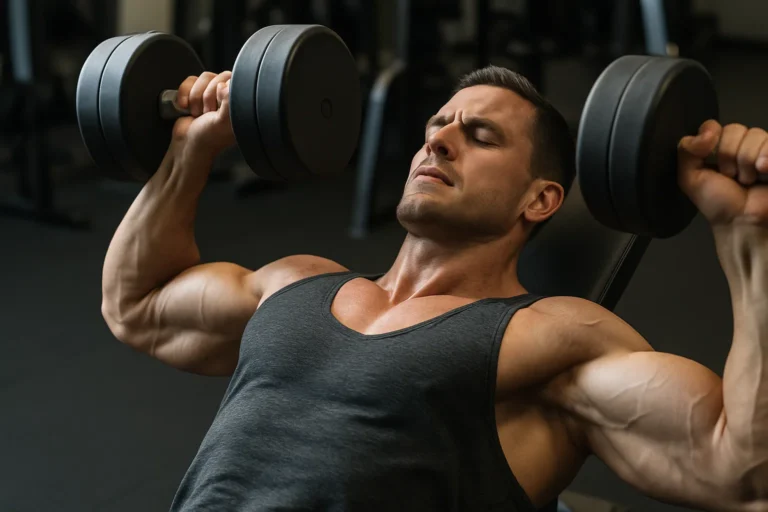
Why It’s Great: Setting the bench to an incline (30-45 degrees) perfectly targets those often-stubborn upper-chest fibers. Using dumbbells allows for a greater range of motion and helps fix strength imbalances between your left and right sides.
How to do it:
1. Sit on a bench set to a 30-45 degree incline, with a dumbbell in each hand resting on your thighs.
2. Lie back and use your thighs to help “kick” the dumbbells up to shoulder height.
3. Press the dumbbells upward and slightly inward until your arms are fully extended.
4. Slowly lower the weights back down, feeling a deep stretch in your upper chest.
3. Dips (The Lower-Chest Chisel)
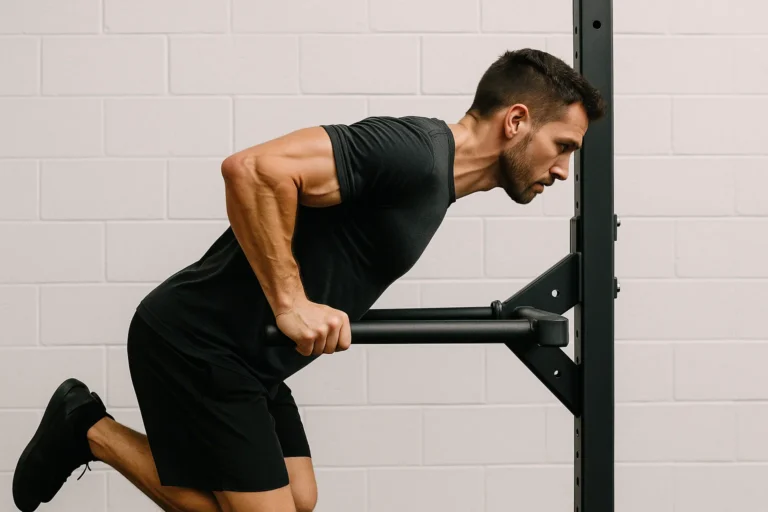
Why It’s Great: When performed correctly, dips are a phenomenal bodyweight movement for targeting the lower chest and creating that sharp, defined look.
How to do it:
1. Grip two parallel bars and press up until your arms are straight.
2. Lean your torso forward—this is crucial for shifting the focus from your triceps to your chest.
3. Lower your body until your shoulders are just below your elbows, allowing your elbows to flare out slightly.
4. Press back up, focusing on squeezing your chest.
4. Push-Ups (The Foundational Builder)
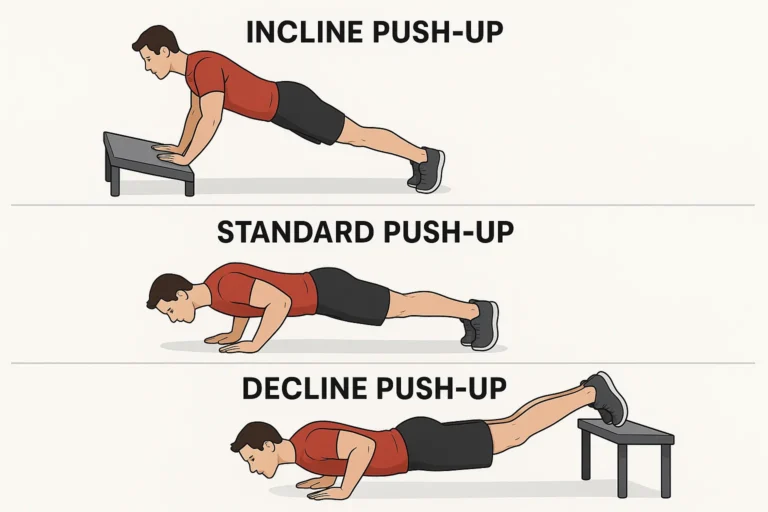
Why It’s Great: Don’t underestimate the push-up. It’s a versatile, functional, and incredibly effective chest builder you can do anywhere. Research shows it can be as effective as the bench press for muscle growth when done with enough intensity.
How to do it:
1. Start in a high plank position, with your hands just wider than your shoulders.
2. Keep your body in a straight line from head to heels.
3. Lower your chest toward the floor, keeping your elbows tucked at about a 45-degree angle.
4. Press powerfully back to the start.
5. Cable Crossovers (The Adduction Master)
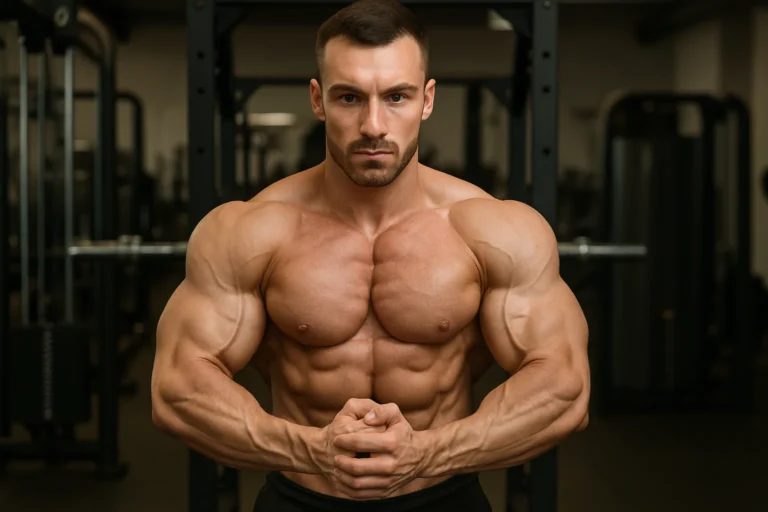
Why It’s Great: This is where we master adduction, the key function of the chest. Cables provide constant tension throughout the entire movement, something free weights can’t do.
How to do it:
1. Set the pulleys on a cable machine. (High for lower chest, low for upper chest, middle for mid-chest).
2. Grab the handles, step forward, and extend your arms out to the side with a slight bend in your elbows.
3. Squeeze your chest to pull the handles together in a wide arc in front of your body.
4. Hold the contraction for a second before slowly returning to the start.
6. Machine Chest Press (The Safe Finisher)
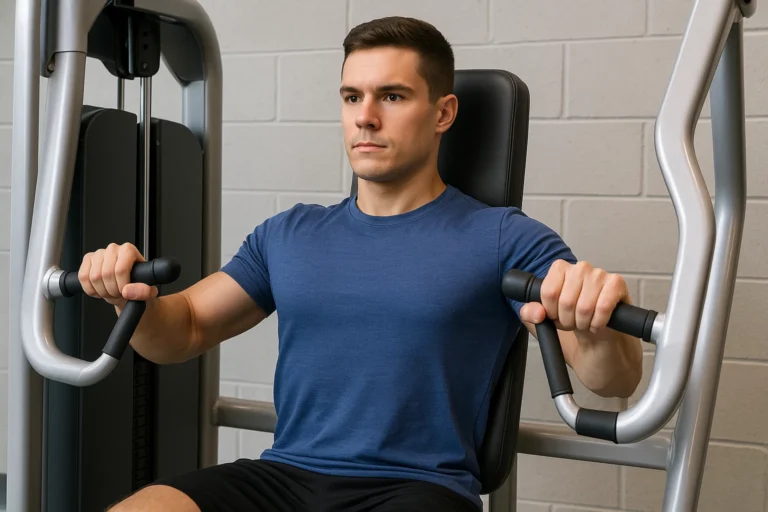
Why It’s Great: Machine presses are perfect for the end of your workout. They provide stability, which means you can safely push your chest to absolute failure without needing a spotter.
How to do it:
1. Adjust the seat so the handles are level with your mid-chest.
2. Press the handles forward until your arms are extended, but not locked.
3. Slowly return to the starting position.
7. Dumbbell Flyes (The Perfect Stretch)
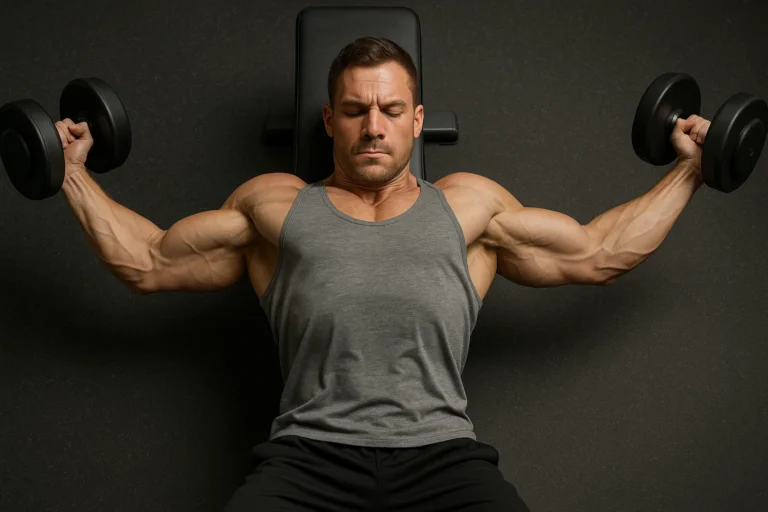
Why It’s Great: Flyes are an isolation exercise that puts your pecs in a deep, stretched position under load, which is a powerful trigger for hypertrophy.
How to do it:
1. Lie on a flat or incline bench with dumbbells pressed over your chest, palms facing each other.
2. With a slight bend in your elbows, slowly lower the weights out to your sides in a wide arc.
3. Lower until you feel a good stretch in your chest, then use your pecs to reverse the motion and “hug” the weights back to the top.
8. Dumbbell Pull-Over (The Classic Mass Builder)
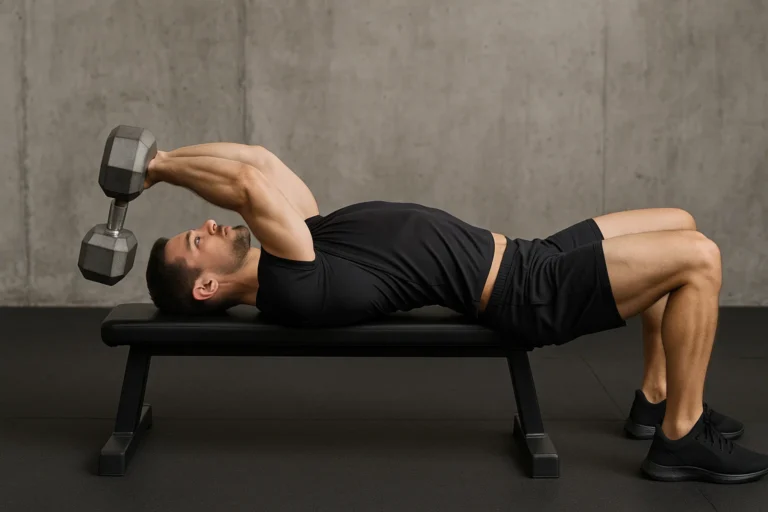
Why It’s Great: This old-school exercise was a favorite of golden-age bodybuilders for a reason. It stretches the lats and serratus while also hitting the chest from a completely unique angle.
How to do it:
1. Lie with your upper back across a flat bench, feet firmly on the floor.
2. Hold one dumbbell on its end with both hands, directly over your chest.
3. Keeping a slight bend in your elbows, lower the weight back behind your head until you feel a stretch.
4. Pull the weight back over your chest, squeezing the pecs.
9. Single-Arm Cable Crossover (The Rotational Builder)
Why It’s Great: This variation introduces a rotational component, hitting stabilizer muscles and mimicking athletic movements like throwing or punching. It allows you to bring your arm even further across your body’s midline for an unmatched contraction.
How to do it:
1. Stand sideways to a cable machine with the pulley set at chest height.
2. Grab the handle with your far hand and pull it across your body in a horizontal arc, rotating your torso slightly.
3. Squeeze your chest hard at the peak of the contraction.
4. Slowly return to the start.
10. Floor Press (The Power Builder)
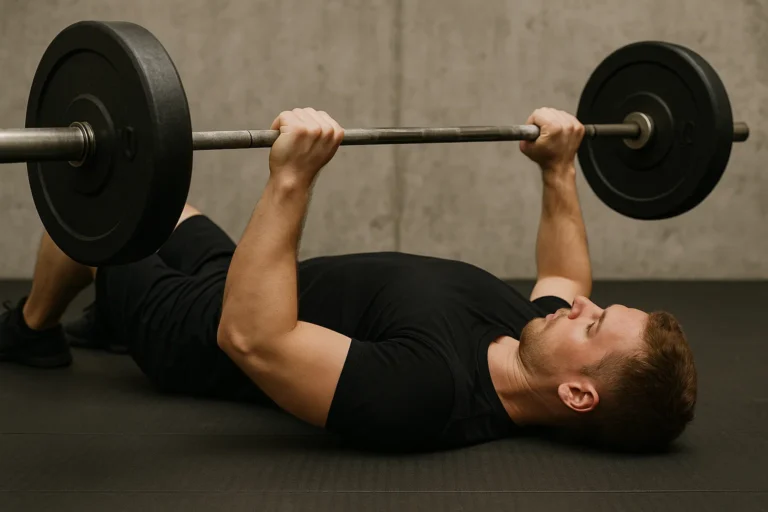
Why It’s Great: By limiting the range of motion, the floor press allows you to work on the top-half (lockout) of the press with heavy weight. It’s also a great option if you don’t have a bench.
How to do it:
1. Lie on the floor with your knees bent.
2. Hold a barbell or dumbbells over your chest.
3. Lower the weight until your triceps touch the floor.
4. Pause for a moment, then press back up explosively.
Putting It All Together: Sample Workouts
Knowledge is useless without action. Here are three different workouts you can use, whether you’re a beginner, an advanced lifter, or working out at home.
Workout A: The Beginner's Blueprint (Focus on Form)
- Incline Push-Ups: 3 sets of 15-20 reps (Warm-up)
- Dumbbell Bench Press: 3 sets of 8-12 reps
- Machine Chest Press: 3 sets of 10-15 reps
- Standing Cable Crossovers: 3 sets of 12-15 reps
Workout B: The Hypertrophy Plan (Maximum Size)
- Barbell Bench Press: 4 sets of 6-8 reps
- Incline Dumbbell Press: 3 sets of 8-10 reps
- Chest Dips (Weighted if possible): 3 sets to failure
- Incline Cable Flyes: 3 sets of 12-15 reps
Workout C: The At-Home Bodyweight Blast
- Standard Push-Ups: 1 set to failure
- Decline Push-Ups (Feet on a chair): 3 sets to failure
- Dips (Using two sturdy chairs): 3 sets to failure
- Incline Push-Ups (Hands on a chair): 3 sets to failure
Common Questions: Chest
1. How often should I train my chest?
For most people, training chest 1-2 times per week is the sweet spot for growth and recovery. More isn’t always better.
2. Why do I feel exercises in my shoulders more than my chest?
This is a very common issue, often caused by flaring your elbows too wide on presses or setting an incline bench too high (over 45 degrees). Tuck your elbows to about a 45-degree angle and focus on pulling with your chest, not just pushing with your shoulders.
3. What’s the deal with “man boobs”?
This can be one of two things. The most common cause is simply excess body fat stored on the chest. The solution here is not more chest exercises, but better nutrition to lower your overall body fat percentage. The less common cause is a medical condition called gynecomastia, which involves hormonal imbalances and may require consulting a doctor.
4. Can I build a great chest with just push-ups?
Absolutely, but it requires creativity. To grow muscle, you need progressive overload. This means you must continually make the exercise harder. You can do this with push-ups by moving to more difficult variations like decline, diamond, or even one-arm push-ups. you’re a beginner, an advanced lifter, or working out at home.
Your Blueprint for Success
You now have more knowledge than 99% of the people in the gym. You understand that chest training isn’t just about the bench press—it’s about angles, adduction, and intention. It’s about building a complete, functional, and powerful chest.
Pick a workout, focus on your form, and be consistent. Fuel your body with enough protein (aim for 1.6-2.2 grams per kg of bodyweight) and get enough rest. The results will follow. Now, go earn them.

